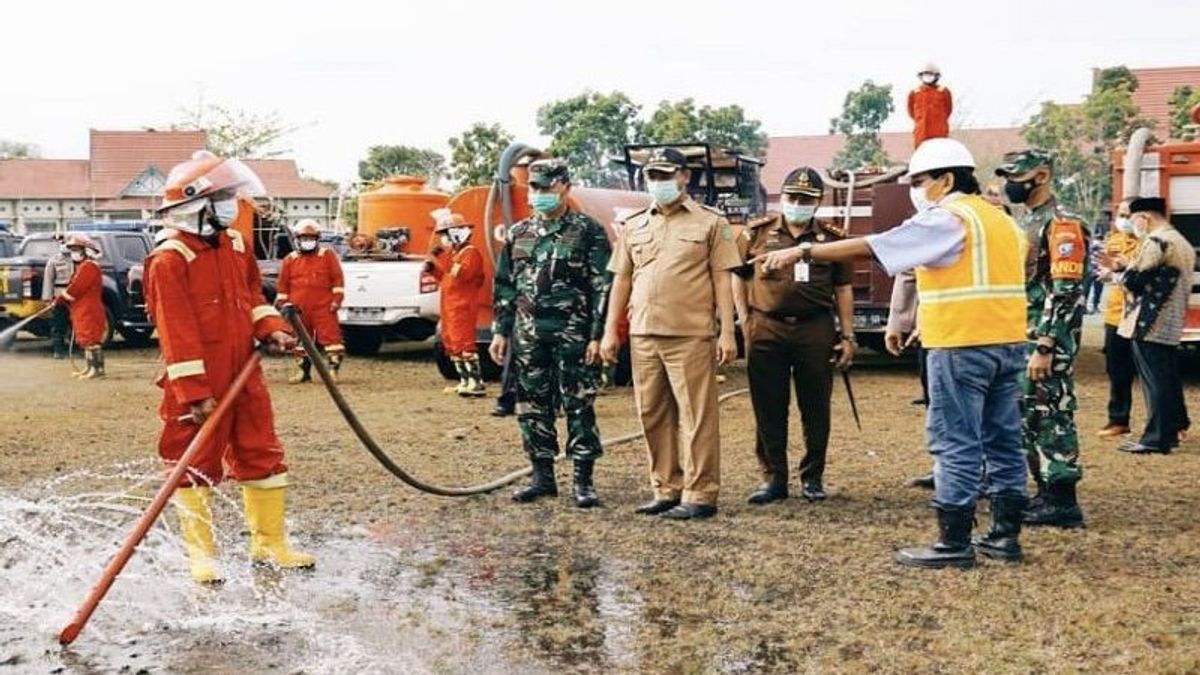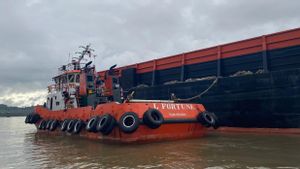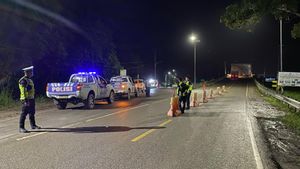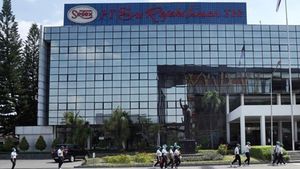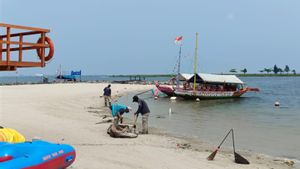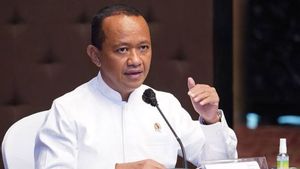CENTRAL KALIMANTAN - Extreme weather in the form of rain with potential hydrometeorological disasters such as floods or landslides is estimated to still occur in a number of areas in Indonesia, including Central Kalimantan (Central Kalimantan).
However, efforts to anticipate potential disasters that are likely to occur during the dry season have been highlighted by the Sukamara Regency Government, Central Kalimantan.
Deputy Regent of Sukamara, Ahmadi said there are four important points that need to be done in an effort to prevent potential forest and land fires (karhutla) in his area.
"The first is to prepare a task force, mentally and physically and based on a moral commitment and work discipline," he said in Sukamara, Central Kalimantan, Friday, January 6, quoted by Antara.
Furthermore, increasing technical abilities and skills, avoiding the emergence of sectoral egos as well as improving coordination and synergy together, and always maintaining commitment and taking professional actions to foster community participation to play an active role.
He explained that the dynamics of climate change affected the number of hotspots found and the number of forest and land fires events in the Sukamara region.
This is based on data on the handling of forest and land fires from the Meteorology, Climatology and Geophysics Agency (BMKG) of Central Kalimantan in 2022, that 90 hotspots or hotspots have emerged with a burned area of 117 hectares.
"For this reason, all relevant stakeholders are required to remain ready and alert in dealing with and tackling forest and land fires natural disasters," he said.
Ahmadi explained that it is an obligation to carry out supervision of all stages of disaster management, as stated in Law Number 24 of 2017, namely supervision of sources of disaster threats or hazards, development policies and exploitation activities that have the potential to cause disasters.
Therefore, in optimizing forest and land fires prevention, the district government and ranks are not only focused on the readiness of personnel and infrastructure, but also on engineering and design capabilities, environmental conservation activities, spatial planning, to environmental management.
The English, Chinese, Japanese, Arabic, and French versions are automatically generated by the AI. So there may still be inaccuracies in translating, please always see Indonesian as our main language. (system supported by DigitalSiber.id)
